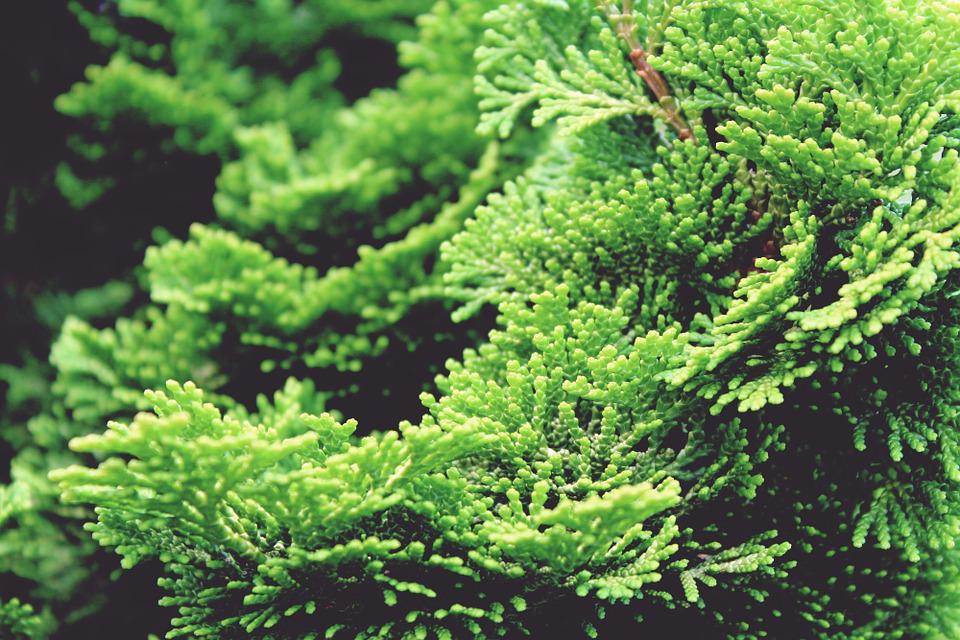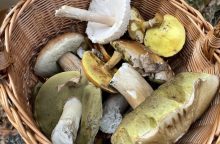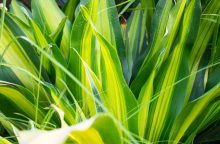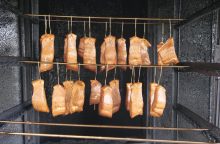Japanese cypress is a sacred tree in Japan but it is also loved in Europe

Japanese cypress (Chamaecypari sobtusa) is one of the sacred trees of Japan. You may mainly see in parks and temples. It is a tall and dense tree with a wide conical crown, and fan-shaped branches and shoots. The crown is green, shiny and rich. You can often see it in gardens that need some improvement. Japanese cypress is a great looking solitaire and it is great for this purpose.
Garden varieties
In our European gardens you can see frequently Chamaecypari sobtusa ‘Aurea’. It is one of the oldest varieties of this species, typical for its woody form, medium growth rate and a charming golden yellow colour of young shoots, which do not fade even in winter. The oldest specimens, in our conditions, can grow several meters. Here are other varieties that are very popular:
Chamaecypari sobtusa ‘Aurora’ – a dwarf shrub with short, fan-shaped, twisted shoots.
Chamaecypari sobtusa ‘Aureospicata’ – a very slow-growing variety with a spherical shape and golden-green shoots.
Chamaecyparis obtusa ‘Crippsii’ – a variety with pyramidal and loose shape and golden colour.
Chamaecyparis obtusa ‘Draht’ – a variety with a relatively narrow, upright form. This variety is typical for its thick, stiff shoots with a dark green colour.
Photo: Pixabay
Chamaecyparis obtusa ‘Gracilis’ – prefers sunny locations, but it does pretty well in with partial shade too.
Chamaecyparis obtusa ‘Graciosa’ – a pyramidal and dense form, green shoots usually used in large gardens.
Chamaecyparis obtusa ‘Juniperoides’ – a dense, compact, slow growing variety, ideal for small gardens.
Growing cypress
This beautiful tree prefers fertile, moist and acidic soils. It also requires locations with high humidity which are protected from frosty winds in winter and hot winds in summer. You need to fertilize during the growing season with fertilizers designed for conifers and thujas. You may also use natural silica found in basalt, which strengthens plant cells and makes the tree resistant to pests and diseases.
Aphids, which often appear in spring on young trees, are very dangerous. They cause discoloration and deformation of leaves and kill the top of the tree. If you notice these pests you need to use commercial products sold in stores.
Source: https://www.pestik.cz/module/csblog/post/441-6-cypris-vypestujte-si-zivy-plot.html, https://www.zahradaapriroda.cz/cyprisky-okrasne-jehlicnany/
Preview photo: Pixabay

Gardening is my hobby, I have a lot of experience and I am happy to share it.









0 comments